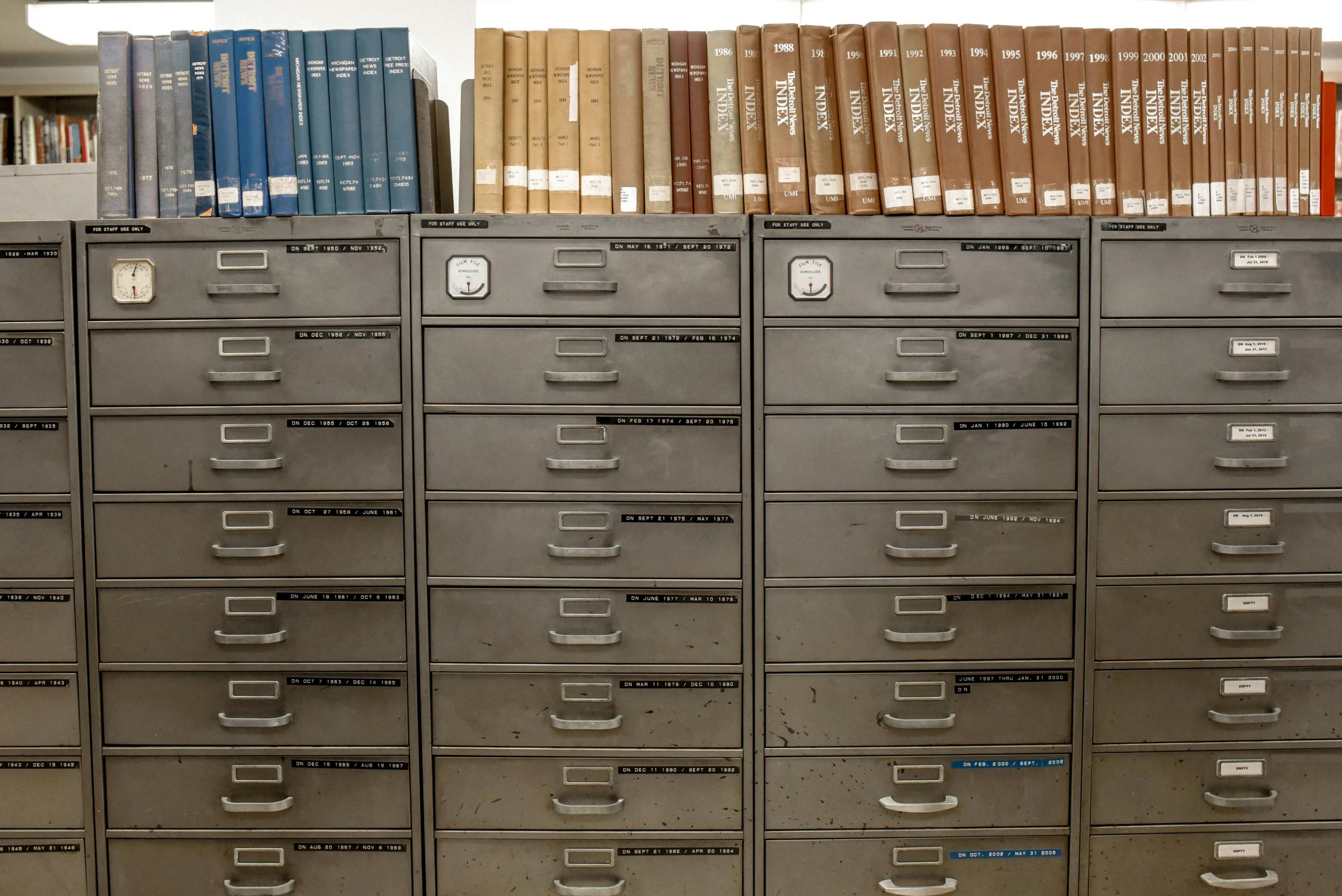In the era of digital transformation, managing documents efficiently is crucial for business operations. Optical Character Recognition (OCR) technology, paired with Machine Learning (ML), is revolutionizing document handling by automating the extraction and interpretation of text from images and scanned documents. This powerful combination not only speeds up the process but also enhances accuracy, making it an indispensable tool for modern businesses.
The Evolution of OCR Technology
OCR technology has come a long way from its early days of merely digitizing printed text. Today, it involves sophisticated algorithms that can identify and convert characters and styles from a wide array of document types into machine-readable text. This section explores the history and technological advancements of OCR.
The Role of Machine Learning in OCR
Machine Learning enhances traditional OCR capabilities by enabling systems to learn from the data they process, thereby improving their accuracy over time with minimal human intervention. ML algorithms can recognize patterns, adapt to various fonts and handwriting styles, and even correct errors based on contextual understanding.
Benefits of Integrating Machine Learning with OCR
– Increased Accuracy: Machine learning models continuously learn and improve, significantly reducing errors in text recognition.
– Handling Complex Documents: With ML, OCR systems can handle complex layouts and multilingual text more effectively.
– Automated Data Entry: This integration reduces the need for manual data entry, streamlining workflows and freeing up resources.
– Enhanced Security: Advanced ML algorithms can help in detecting and redacting sensitive information automatically, enhancing data privacy.
Challenges and Solutions in Implementing Machine Learning-Enhanced OCR
Implementing advanced OCR solutions is not without its challenges. This section discusses common hurdles such as data quality issues, integration complexities, and the need for continuous training of ML models. It also provides practical solutions for overcoming these challenges.
Machine Learning and OCR in Action: Industry Applications
– Healthcare: Automating patient record digitization for quicker access and better compliance.
– Finance: Enhancing accuracy in processing financial documents like invoices and receipts.
– Legal: Streamlining the management of case files and legal documents.
How Fintelite.ai Leverages ML and OCR for Document Handling
Fintelite.ai is at the forefront of integrating machine learning with OCR to offer superior document handling solutions. This section details how fintelite.ai’s technology works, its unique features, and the benefits it brings to different industries.
Future Trends in OCR and Machine Learning
As technology evolves, the potential applications of ML in OCR will expand. This section explores upcoming trends such as real-time processing, improved accessibility features, and integration with other AI technologies.
FAQ Section
Q1: What is OCR?
OCR, or Optical Character Recognition, is a technology that converts different types of documents, such as scanned papers or images, into editable and searchable text.
Q2: How does machine learning improve OCR?
Machine learning improves OCR by enabling systems to learn from data, recognize patterns, and improve accuracy and efficiency over time.
Q2: What are the main benefits of using ML-enhanced OCR for businesses?
The main benefits include increased accuracy, efficiency in handling complex documents, reduced manual data entry, and improved security.
Q3: Are there specific industries that benefit more from ML-enhanced OCR?
While all sectors can benefit, industries such as healthcare, finance, and legal see particularly significant improvements due to the large volume of document processing involved.
Q4: What future developments are expected in ML-enhanced OCR technology?
Future developments may include greater integration with other AI technologies, enhancements in real-time processing capabilities, and broader language support.
The integration of machine learning with OCR is transforming document handling, making processes more efficient and secure. As this technology continues to evolve, it will provide even greater accuracy and flexibility across various industries, reinforcing its essential role in digital transformation.


